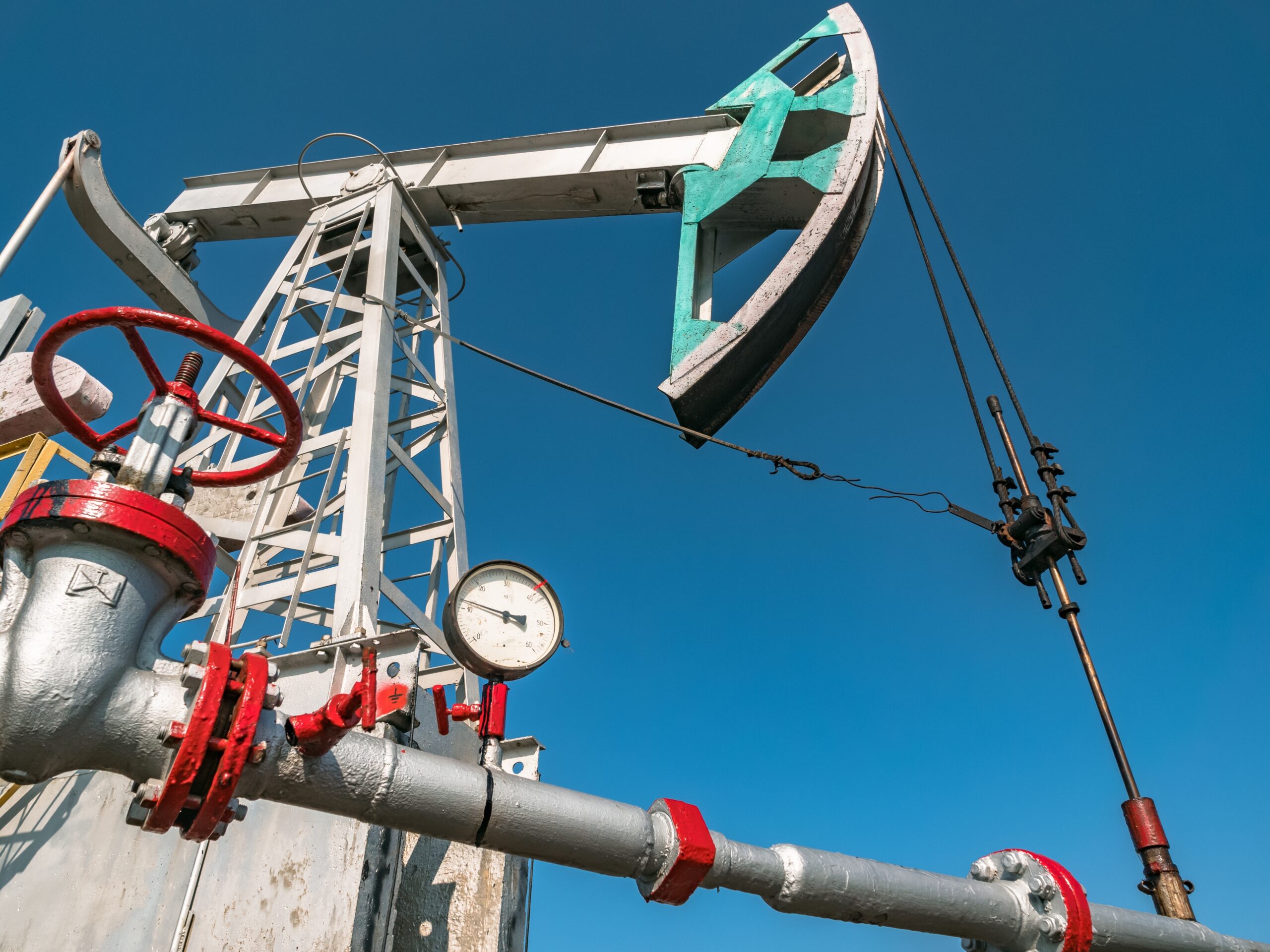Why Integrity, Innovation, and Oversight Make All the Difference
In today’s voluntary carbon market, not all carbon credits are created equal.
Some are based on projected outcomes that may never materialize. Others are riddled with uncertainty, vague methodologies, or unverifiable claims. And some—unfortunately—offer little more than the appearance of environmental action.
At Last Mile Production, we take a radically different approach.
We believe carbon credits should be backed by real reductions, powered by verifiable technology, and issued with built-in transparency and trust. That’s why we’ve engineered a process that doesn’t just meet industry standards—we exceed them by up to 5X.
Our credits aren’t just carbon offsets.
They’re premium-value environmental assets—grounded in rigorous measurement, validated by independent verification, insured for long-term performance, and linked to a greater mission of restoration and honor.
Here’s how we do it.
- Start with Real Methane Reductions
The core of a credible carbon credit is simple: real emissions reduction.
At Last Mile, we start with wells that have a history—and a problem. These orphaned or legacy oil wells often leak methane gas, a greenhouse gas more than 80 times more potent than CO₂ in the short term.
We deploy methane-mitigating drilling technologies and execute precision plugging and sealing to stop leaks at the source. Our well closure process isn’t just a temporary cap—it’s a permanent, engineered solution based on site-specific geology, pressure, and fluid dynamics.
Every plug is digitally documented, and every remediation is tied to specific reductions measured by in-field sensors, SCADA systems, and satellite monitoring.
This is where integrity begins—by solving real problems, in real places, with measurable impact.
- Exceeding Industry Standards—By Up to 5X
Most remediation efforts are guided by state or federal minimums.
We decided that wasn’t good enough.
At Last Mile, we engineered our process to exceed federal regulatory plugging and abandonment standards by as much as 500%—or 5X.
What does that mean in practice?
- We use redundant seals rather than a single plug.
- We apply geologic modeling to determine long-term seal integrity.
- We conduct extended pressure testing and validation to confirm no future leaks.
- We add multiple layers of monitoring (including satellite review) post-closure.
Our internal motto is: “If it doesn’t last 50 years, it’s not a Last Mile seal.”
This depth of rigor creates real environmental value—and it’s why carbon credit buyers, insurers, and registries trust our output.
- Verified with Tech—Not Just Trust
We don’t ask the world to “trust” us.
We show our work—in full view.
Each of our credits is built on a deterministic, data-driven process that removes the ambiguity from offset calculations. Our technology stack includes:
- IoT sensors and SCADA systems for live field data
- AI-powered analytics to detect anomalies or improvement opportunities
- Satellite-based methane detection to verify results
- Blockchain registration to prevent tampering or duplication
Every credit is timestamped, traceable, and backed by a documented chain of custody. We generate and store proof of impact at every phase—from drilling to sealing to land restoration.
This is how we move from estimation to validation.
And it’s what turns a carbon offset into a carbon asset.
- Third-Party Validation and Carbon Registries
We don’t verify our own credits. Independent third parties do.
Each Last Mile project is reviewed by an accredited verification body that confirms the emissions reductions, methodology, and permanence. These credits are then listed on respected carbon registries—making them publicly available, fully traceable, and eligible for ESG reporting.
Because our process is more rigorous than industry norms, our credits often undergo enhanced due diligence, making them eligible for premium pricing and long-term environmental impact portfolios.
For corporates, this means more than just carbon neutrality—it means climate leadership backed by integrity.
- Insured Carbon Credits—Risk Managed, Confidence Boosted
Here’s where Last Mile truly stands apart.
Because of the reliability of our process and the strength of our tech, our carbon credits are insurable. That’s right—our emissions reductions are so verifiable, they’re eligible for coverage by Chubb and BluClarity, two of the most respected names in insurance and risk underwriting.
These policies guarantee that the promised reductions will be delivered—or the buyer will be compensated.
It’s carbon with performance protection.
And it’s only possible when you operate at the level of rigor and accountability that Last Mile demands of itself.
- Powered by Partnerships that Raise the Bar
Our tech and verification processes are made possible by partners who share our commitment to excellence. Together, we build a data ecosystem that protects environmental integrity at every stage:
- Kuva Gas Cloud Imaging for optical gas detection
- Enovate AI for predictive emissions modeling
- BluClarity for risk assessment and insurance
- Blockchain for Energy for credit verification
- Emerson for field control and automation systems
- Schlumberger for upstream analytics and hardware
These aren’t just logos—they’re a performance network that reinforces our value proposition, enhances credit integrity, and builds trust with stakeholders from regulators to corporate buyers.
- A Legacy Worth Backing
Every Last Mile carbon credit does more than offset a ton of emissions.
It funds a deeper mission.
For every project we complete, we contribute to veteran- and first responder-based initiatives that honor lives lost and families left behind. Our partnerships with organizations like the Gary Sinise Foundation and the Medal of Honor Museum reflect our belief that legacy isn’t just what we leave behind—it’s what we build in others.
That’s why every carbon credit carries not just an environmental return—but a human one.
Conclusion: When Carbon Is Built to Last
The carbon market is evolving. Credibility is everything.
In an era where greenwashing threatens the legitimacy of climate action, premium carbon credits must do more than exist—they must prove their worth.
At Last Mile, we’re proud to lead with integrity, exceed every standard, and power our process with transparent, tech-enabled validation.
Because our credits aren’t shortcuts.
They’re long-term solutions—built to last, insured to endure, and created to restore.
This is carbon redefined. This is the Last Mile.

